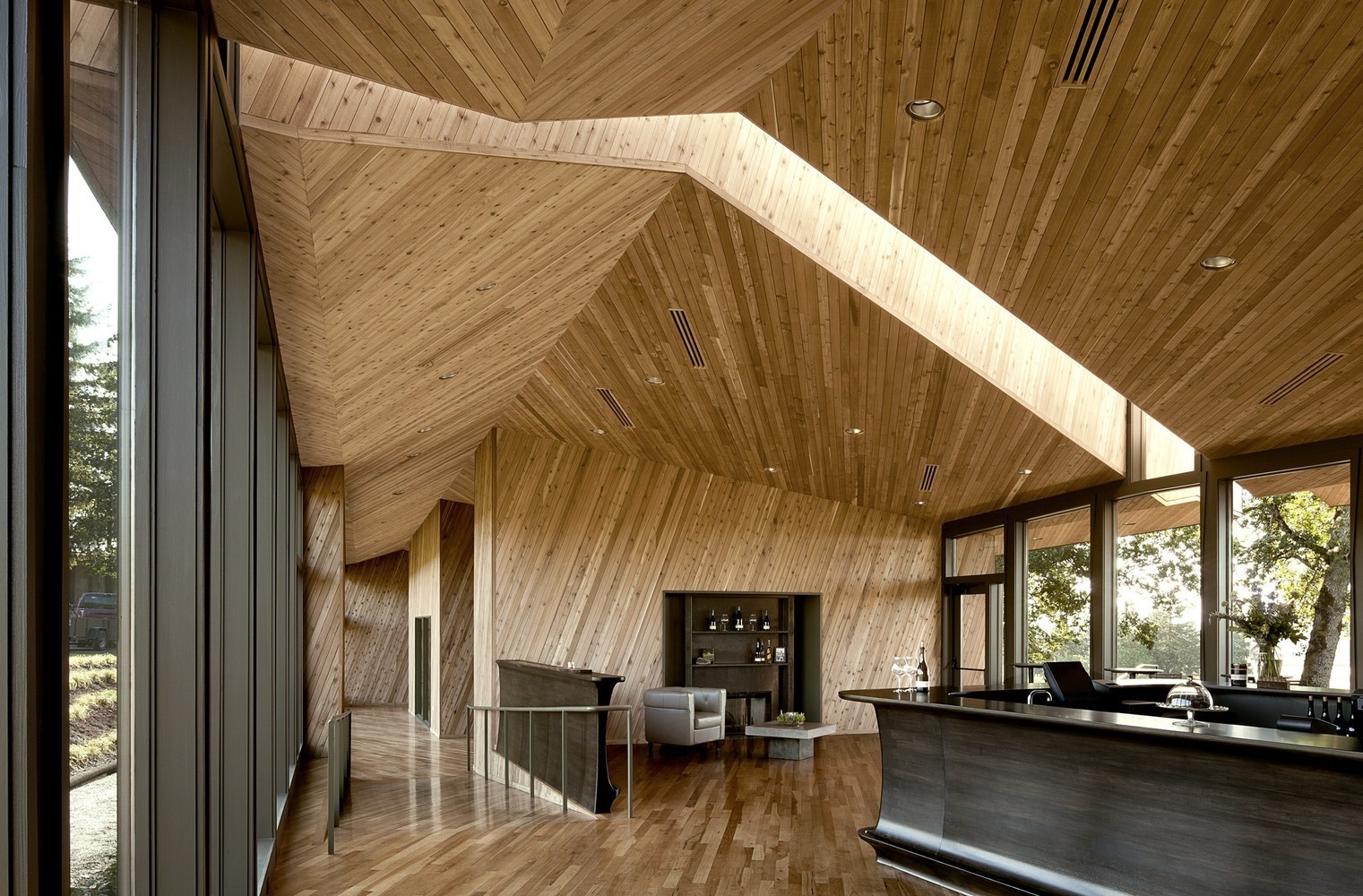By touching wood we pretend to drive away misfortunes and attract good luck, and this has been done since ancient times. Back then, it was believed that logs (especially oak) were God’s abode, so being close to them brought protection and abundance.
This noble and natural material provides warmth and tranquillity to our senses. It also has a certain aesthetic charm. It brings a pleasant sensation to the ambiance, credited to its thermal properties by always having the right temperature; and its smell, although variable according to the species, is usually very inviting.
But, choosing the right type of wood according to the needs of your project is necessary to be able to exploit all its wondrous properties to their fullest. And although the best selection will depend on various factors, such as durability, weight, stability, and strength required, as well as the cost we are willing to pay, the basic thing to know is that the wood is divided into two groups according to their properties: soft and hard.
Softwood
The softwoods come from trees with short growth periods, which makes them lighter (easier working with them) and have lower prices. The fact that they are called ‘soft’ does not mean that they are fragile, but that they are ductile.
Some examples of softwood are the beige-colored fir which is very resistant and possesses great elasticity. This enables it to be widely used for musical instruments, packaging, and wall and ceiling cladding. The reddish-hued cedar is extremely durable and resistant to fungi and insects which makes it perfect for building houses, tiles, and covering furniture. And pine, with its lovely cream color, uniform texture, and simple handling is widely used for carpentry in the construction of panels, furniture, and moldings. It can also be easily painted on and that in itself is a very attractive property when it comes to design and architectural purposes.
Hardwood
Hardwood comes from trees whose growth is slow. This process makes it more resistant, and prone to irregularities. And since this leads to an increased number of complications while working with this type of wood, the cost is higher as compared to softwood.
One of the prime examples of hardwood is reddish mahogany. This wood is high in strength, density, and durability, so it is excellent for areas with high humidity, and for the construction of elaborate furniture. This cherry pink wood is coffee resistant and has a high flexural capacity, ideal for furniture and coverings. Then we have walnut with its dark brown and medium density that makes it the perfect material to work turnings certain elements like furniture, cabinets, ornaments, and doors.
Eucalyptus is another example of hardwood that is often used for timber-based projects. It’s incredibly resistant, durable, and has a high burning point which is one of the key factors behind its widespread use in the wood and architecture industry.
In fact, We have just the right thing to showcase this type of wood’s flexibility and adaptability to various climatic conditions. Take a look at the following two projects.

This private residence in Pune got the perfect wooden makeover. It’s the combined touch of wooden louvres to beautiful privacy screens that gave this property such a lush and elegant look. This project just goes on to show the variety of architectural possibilities that lie in store for you once you make the choice to use wood for your building needs.

Wood is as versatile as you can make it. And this Pune project is the perfect way to visualise this statement. From creating various pergolas to beautifying the exterior, nothing was impossible with the use of timber once the architects put their mind to it.
But the wide variety of hardwoods doesn’t end here. The olive tree and its pronounced irregular streaks make for compact and quite resistant wood, ideal for decorative works. Oak and its light yellowish colors, with great flexion and durability, accept any type of finish that makes it ideal for floors, furniture, and interior cladding. And the multi-colored tropical teak wood is so resistant to moisture, fungi, and termites, that it’s often the very first and excellent choice for outdoor and wet areas.
In summary, and adding some more woods, to create cheap furniture it is better to use pine or beech; for covering walls and ceilings fir, oak or cherry is preferred; to build a perfect house for the forest, cedar or mahogany; for fine furniture made by cabinetmakers, mahogany, chestnut, oak or walnut if our design has curvatures; for floors the oak, Chechen or chakte beam; to wear the veins the olive tree, the tzalam or the parota; for bathrooms and kitchen teak, maple or birch; and for outdoor furniture and structures, teak and fir.
We cannot forget that it is a natural element and should be treated with caution, always checking that they are certified wood.


